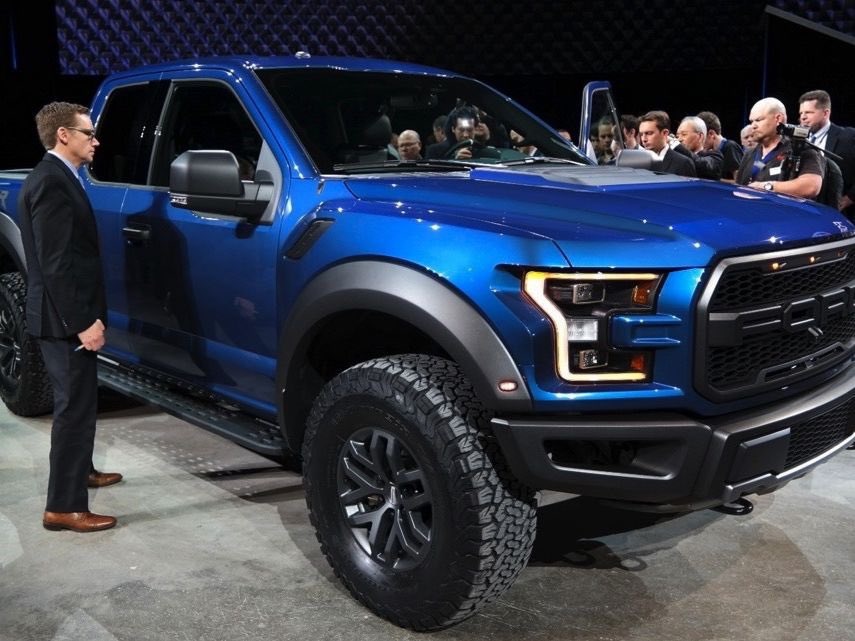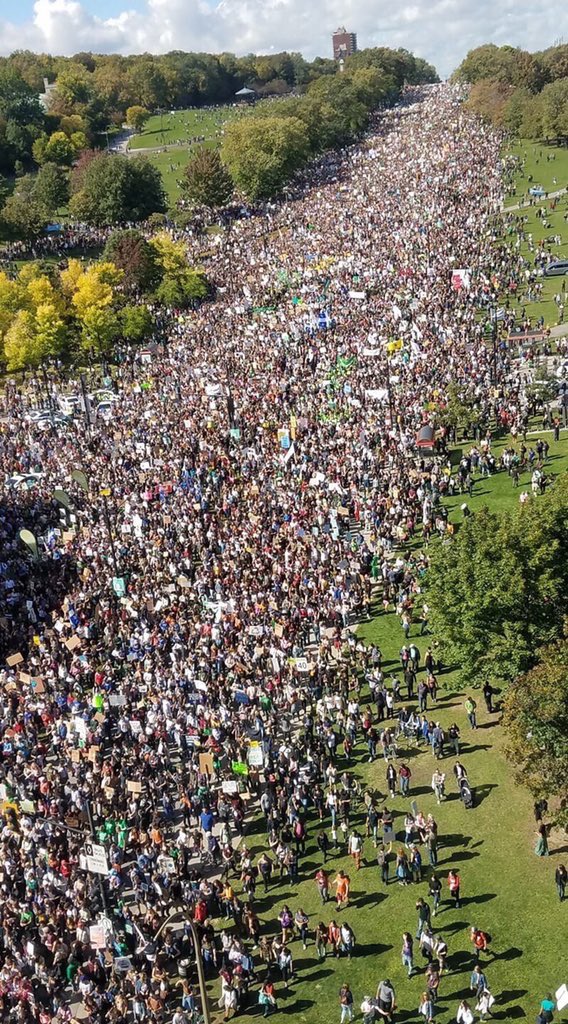
Most of the conversations I’m hearing & reading about the permanent growth of virtual working aka working from home #WFH post-pandemic are dramatically oversimplifying the implications & ripple effects to the ecosystem of cities — starting with assuming it will all be positive.
Consider the implications for successful downtowns, for example. A lot fewer downtown workers mean less demand for walkable downtown housing (which has many public interest benefits) & for downtown retail, restaurants, entertainment & other elements of a mixed downtown ecosystem.
A lot of positive commentary around #WFH is based on the assumption that weakened downtowns & other urban concentrations will lead to dispersed but COMPLETE, multi-modal 15-minute communities. That’s a REALLY big assumption that at best would involve lots of time & controversy.
I’m obviously a passionate champion for complete, walkable communities & BETTER suburbs, but actual experience up until now suggests we are just as/more likely to replace increasingly successful urban centres, with MORE incomplete, car-assuming suburban sprawl. With MORE driving.
The likelihood of “bad scenarios” depends on a lot of variables, including HOW MANY downtown workers switch to #WFH. A certain level of shift may be positive (especially in downtowns struggling with too many cars & a lack of alternatives), but too much shift may be net negative.
This is why I’ve been STRONGLY SUGGESTING to cities & downtowns that they PROACTIVELY (right now!) do robust “Scenarios Planning” that considers all elements, possibilities, domino effects etc affecting downtown health, suburban sprawl etc. Don’t wait for things to “just happen!”
PS: for those saying we can convert downtown office space to housing — that’s an opportunity for some space, but a BIG attraction of downtown housing is being able to walk to downtown work, & demand (especially without amenities/services) has taken a real hit during the pandemic.
• • •
Missing some Tweet in this thread? You can try to
force a refresh









